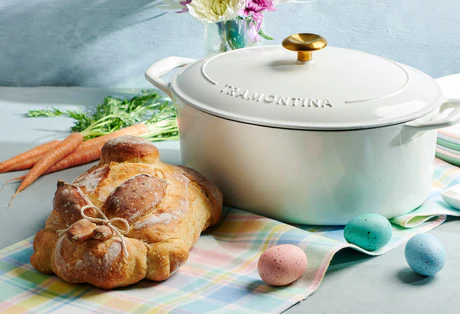
How to Make Sourdough Bunny Bread (Dutch Oven Method)
Easter is the perfect time to get creative in the kitchen, and what better way to celebrate than with an adorable Sourdough Bunny Bread? This fun and festive loaf...
Everything you need for the home; quality products since 1911.
If you need help, get in touch via the form and leave the rest to us. We’ll reply to you as soon as possible.

Easter is the perfect time to get creative in the kitchen, and what better way to celebrate than with an adorable Sourdough Bunny Bread? This fun and festive loaf...

If the way to the heart is through the stomach, then Marry Me Chicken might just be the most romantic dish you can make this Valentine’s Day. Creamy, savory, and...

A guide to finding the perfect kitchen tool. In the realm of cooking, the knife is an essential kitchen tool that can significantly impact the outcome of your culinary endeavours....